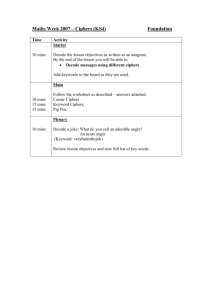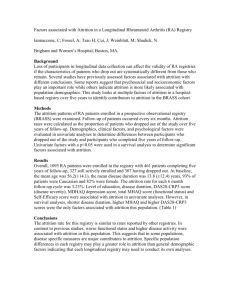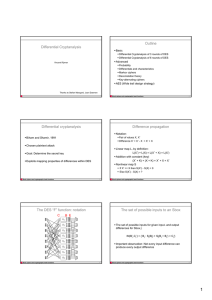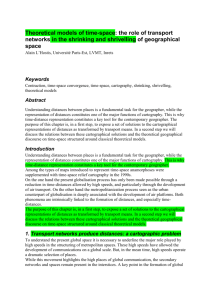Report - Mohawk College
advertisement
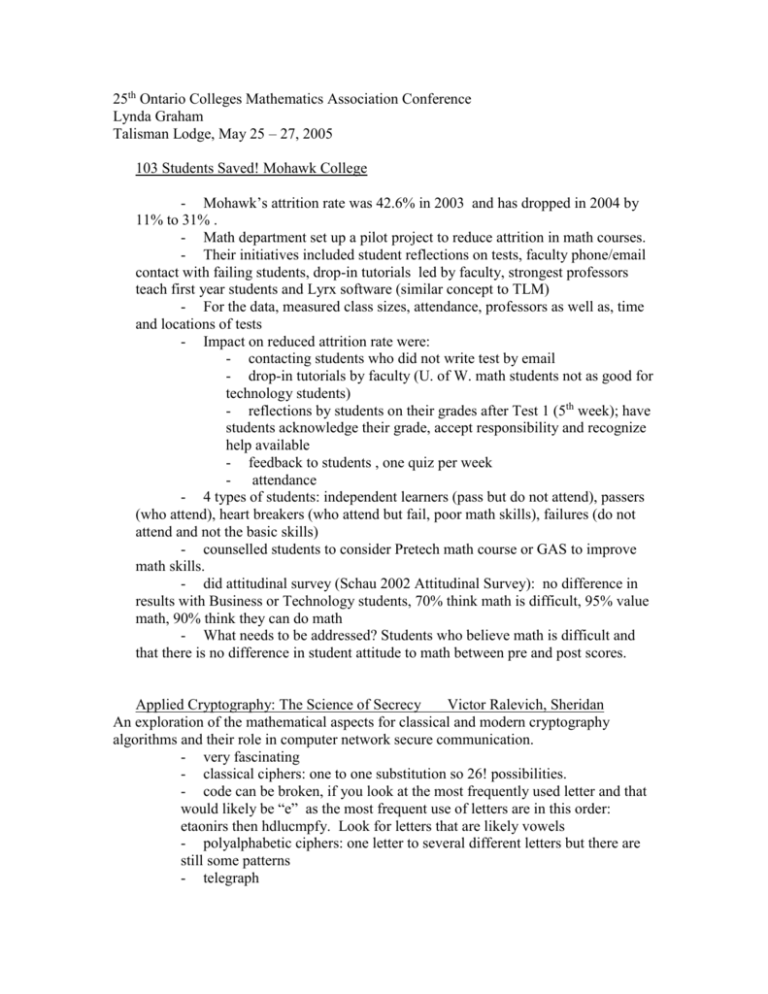
25th Ontario Colleges Mathematics Association Conference Lynda Graham Talisman Lodge, May 25 – 27, 2005 103 Students Saved! Mohawk College - Mohawk’s attrition rate was 42.6% in 2003 and has dropped in 2004 by 11% to 31% . - Math department set up a pilot project to reduce attrition in math courses. - Their initiatives included student reflections on tests, faculty phone/email contact with failing students, drop-in tutorials led by faculty, strongest professors teach first year students and Lyrx software (similar concept to TLM) - For the data, measured class sizes, attendance, professors as well as, time and locations of tests - Impact on reduced attrition rate were: - contacting students who did not write test by email - drop-in tutorials by faculty (U. of W. math students not as good for technology students) - reflections by students on their grades after Test 1 (5th week); have students acknowledge their grade, accept responsibility and recognize help available - feedback to students , one quiz per week - attendance - 4 types of students: independent learners (pass but do not attend), passers (who attend), heart breakers (who attend but fail, poor math skills), failures (do not attend and not the basic skills) - counselled students to consider Pretech math course or GAS to improve math skills. - did attitudinal survey (Schau 2002 Attitudinal Survey): no difference in results with Business or Technology students, 70% think math is difficult, 95% value math, 90% think they can do math - What needs to be addressed? Students who believe math is difficult and that there is no difference in student attitude to math between pre and post scores. Applied Cryptography: The Science of Secrecy Victor Ralevich, Sheridan An exploration of the mathematical aspects for classical and modern cryptography algorithms and their role in computer network secure communication. - very fascinating - classical ciphers: one to one substitution so 26! possibilities. - code can be broken, if you look at the most frequently used letter and that would likely be “e” as the most frequent use of letters are in this order: etaonirs then hdlucmpfy. Look for letters that are likely vowels - polyalphabetic ciphers: one letter to several different letters but there are still some patterns - telegraph - bit level ciphers: stream ciphers(software) and block ciphers (most widely used today) - block ciphers: based on prime factoring of large integers - largest prime number has 7,816,230 digits (kept secret by military) - key now has 231 digits but hacks keep breaking them - weakest point is the random number generator as the creators do not know enough math On-Line Math Henry Ferber - use TLM, the software we have at Sheridan for high school math - uses it for only on-line learning - see attached notes for more information Birds of a Feather - learned from various colleges teachers about uses of MathCAD, mathematics riddles for the classroom and unique calculator Northern College ; Student Retention and Success Strategies - lowest attrition rate in Ontario: 9.95% Fall 1999, now 0.7% Fall 2004 - majority of students are adult learners - student Success Centre situated in the entrance to the Library - faculty assigned to Student Success Centre (25 to 30 hours a week) - study skills workshops - faculty-lead tutorials - study group formation - peer tutors or community tutors - for failures, tutoring throughout the summer to write a challenge exam at end of Aug. - Individual Learning Plan after the 3 days 14, 29 and 44 - very much a nurturing college- a group effort but a very small college - Statistics Course Discussion - At Durham College, 2 Statistics courses in Technology A source for Ontario Socio-Economic Data from National Post and the Report from C.D. Howe Institute Ranking Schools at http://www.cdhowe.org/english/publications/policystudy_40.html and introduction and conclusions are available free as a PDF download at http://www.cdhowe.org/pdf/policystudy_40.pdf The Shock of the New: Non Euclidean Geometry in Modern Art - the 20th Century ushered in revolutionary approaches to art which can be associated with the writings of Poincare, Einstein and Freud. Freud with his “dream space” is akin to the 4th dimension of time-space by Einstein Modern art, such as Picasso, show this attempt to draw time-space. see http://cs.unm.edu/~joel/NonEuclid/ http://math.mohawkcollege.ca/kezys/stc/STCWEB.html
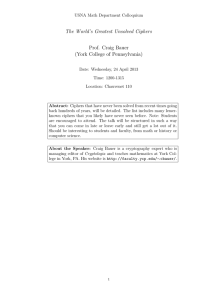
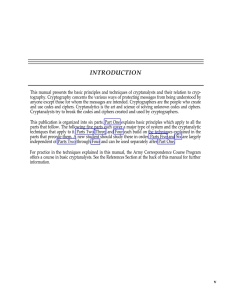

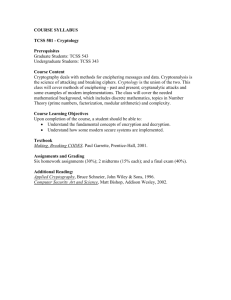
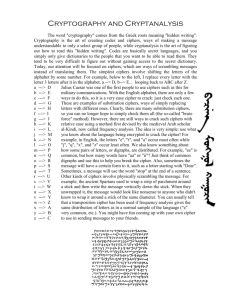


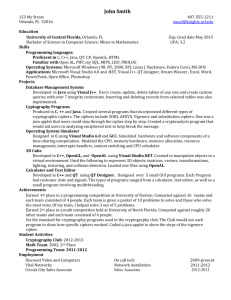

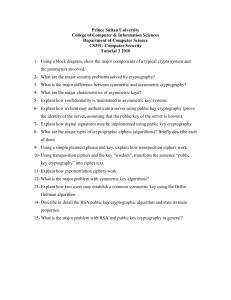
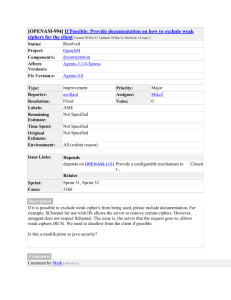
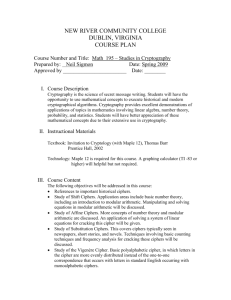
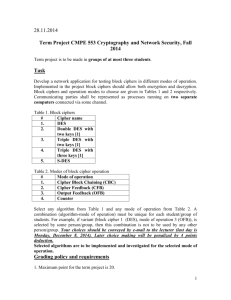
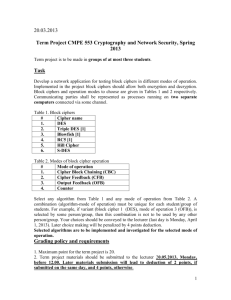
![[MIRTH-412] Disable weak SSL ciphers in Jetty server Created](http://s3.studylib.net/store/data/007836588_1-a8a1ac04b2b71d93c9109cbcc8f62e44-300x300.png)
![[#MIRTH-1924] Disable weak SSL ciphers in Jetty server](http://s3.studylib.net/store/data/007406537_1-d2ec72a87374021dc00f83b438295b1d-300x300.png)
